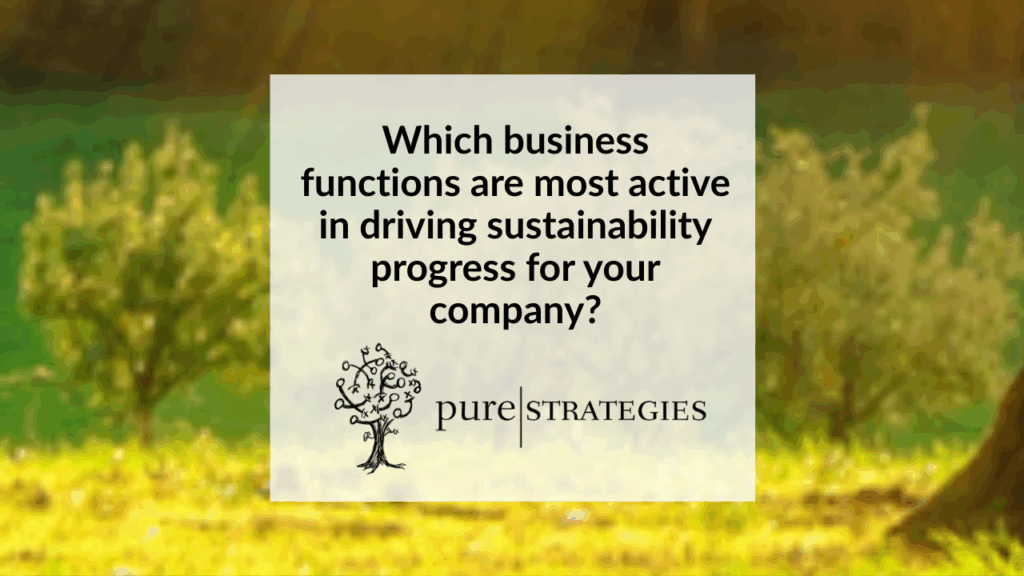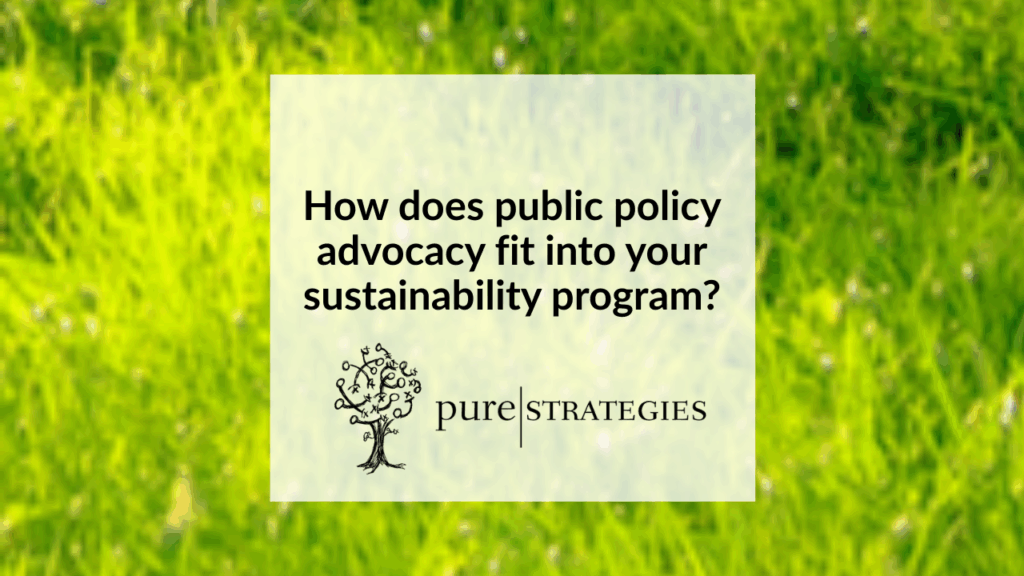The most recent photos of air pollution in the City of Harbin in northeastern China were otherworldly. Visibility was so poor that traffic lights disappeared and buses got lost on their routes. The smog closed schools, shut the airport, and disrupted city transport. The Beijing smog emergency last January reminds us that this is only the beginning of the winter heating season’s abysmal air quality in many Asian cities.
These smog outbreaks are of immediate relevance for any company with an Asian supply chain and demand a coherent corporate mitigation strategy.
The levels of hazardous fine particulate matter known as PM2.5 in Harbin two weeks ago were 40 times the World Health Organization’s safe level. Underlining the urgency of the situation, the World Health Organization announced this October that there is sufficient evidence that air pollution causes cancer. The annual Global Burden of Disease (GBD) report blames air pollution for 1.2 million deaths each year in East Asia and China and 712,000 in South Asia.
The problem is not confined to Harbin or Beijing but is shared by cities across Asia where coal burning and runaway industrial growth combine with a surge in car ownership to create a serious decline in air quality. Last week it was Shanghai’s turn and dangerous air pollution events have also occurred in India, Bangladesh, Iran, Afghanistan, Mongolia, Nepal and Pakistan. In Tehran, officials have closed public offices and schools due to elevated smog levels and it is estimated that over 4,500 people in the city died of air pollution in one year.
Strategic corporate response is needed
But how, exactly, should a global company respond to this? It has become standard to tackle water issues at the local, watershed-level but corporate air pollution policies tend to be subsumed under an over-arching, global climate change umbrella. With this approach, all reductions in air pollution are considered equal and the focus is on climate change, not public health. But deadly air pollution occurs unequally across the globe and demands a specific, strategic response.
1. Identify your at-risk operations
Start by taking a page from water scarcity mapping protocols and determine which of your facilities and suppliers are in at-risk areas. There are several maps and websites that can help you access relevant information. To see a high-level view of regions at risk, begin with:
- NASA’s global map of region’s with the highest air pollution-related premature mortality.
- World Health Organization’s Fine Particulate Matter Map
A finer level of detail is available for Chinese cities:
- Real-time air pollution map and city-specific data for Chinese cities, hosted by the aqicn.info (a team of “a young and dynamic team located in Beijing, China, and composed of two professionals working for the product engineering and design industries”).
- Hourly tweets of Beijing air quality are available here.
2. Understand your risk
While airport closures and traffic logjams may be the most immediate results of smog, debilitating air pollution may also lead to government-ordered factory shutdowns and political unrest, which present real and longer-term supply chain risks. Beijing’s government, for example, is making a concerted effort to tackle smog and has announced that it is forcing 66 polluting companies to close this year and 1,200 over the next five years. These kinds of government efforts may affect your suppliers now or in the future.
Deep anger at the very visible effect of air pollution has spawned demonstrations – even in countries not known for a tradition of public protest. In China, pollution now surpasses land disputes as the main cause of social unrest, with 30,000 – 50,000 protests every year according to a retired Communist Party official.
Companies also need to appreciate the risk to their employees’ health and productivity. A study has found that a 10 ppb decrease in ozone concentrations reduces worker productivity by 4.2 percent. In addition to the health care costs associated with air pollution, it presents a quantifiable damper on the economy.
Understanding the complex science of air pollution will also help in anticipating extreme events. In some areas, smog worsens in winter when coal-burning increases. Many cities also suffer from seasonal inversion layers when warm air aloft traps damaging air pollution.
3. Develop a strategy
Depending on how significantly this affects your company, there are many strategies you may adopt:
- Address company impacts
- Track your air emissions and set goals for improvement.
- Prioritize upgrades to air quality control equipment at operations in polluted areas.
- Track your air emissions and set goals for improvement.
- Prioritize upgrades to air quality control equipment at operations in polluted areas.
- Reduce supply chain risk.
- Build redundancy for those facilities at greatest risk. If the only location you can obtain a critical widget is located in a city prone to factory and airport shutdowns, find another source.
- Add air pollution intensity to the list of criteria you consider when deciding where to open new facilities and whether to engage new suppliers.
- Develop flexible souring procedures that anticipate air pollution events in vulnerable areas.
- Monitor available information and set up an early warning system so that you can put alternative sourcing, manufacturing, and human resources plans into effect early.
- Build redundancy for those facilities at greatest risk. If the only location you can obtain a critical widget is located in a city prone to factory and airport shutdowns, find another source.
- Add air pollution intensity to the list of criteria you consider when deciding where to open new facilities and whether to engage new suppliers.
- Develop flexible souring procedures that anticipate air pollution events in vulnerable areas.
- Monitor available information and set up an early warning system so that you can put alternative sourcing, manufacturing, and human resources plans into effect early.
- Protect employees.
- Determine what protections you can put in place for your employees’ health and well-being in at-risk areas.
- Determine what protections you can put in place for your employees’ health and well-being in at-risk areas.
4. Take action
Put your plans in place and monitor their effectiveness. Air pollution is dynamic and can worsen or improve dramatically based on government policies, industry initiatives, heating needs, car ownership, and weather patterns. Revisit your policies at least annually to review their effectiveness.
Governments cannot solve extreme air pollution problems on their own; industry must take responsibility for its contributions. We have only to look at the dramatic improvements in the U.S. and in cities such as London, to know that improved air quality is a reachable goal. The time to act is now – at the start of the heating season in many of the affected Asian cities.


